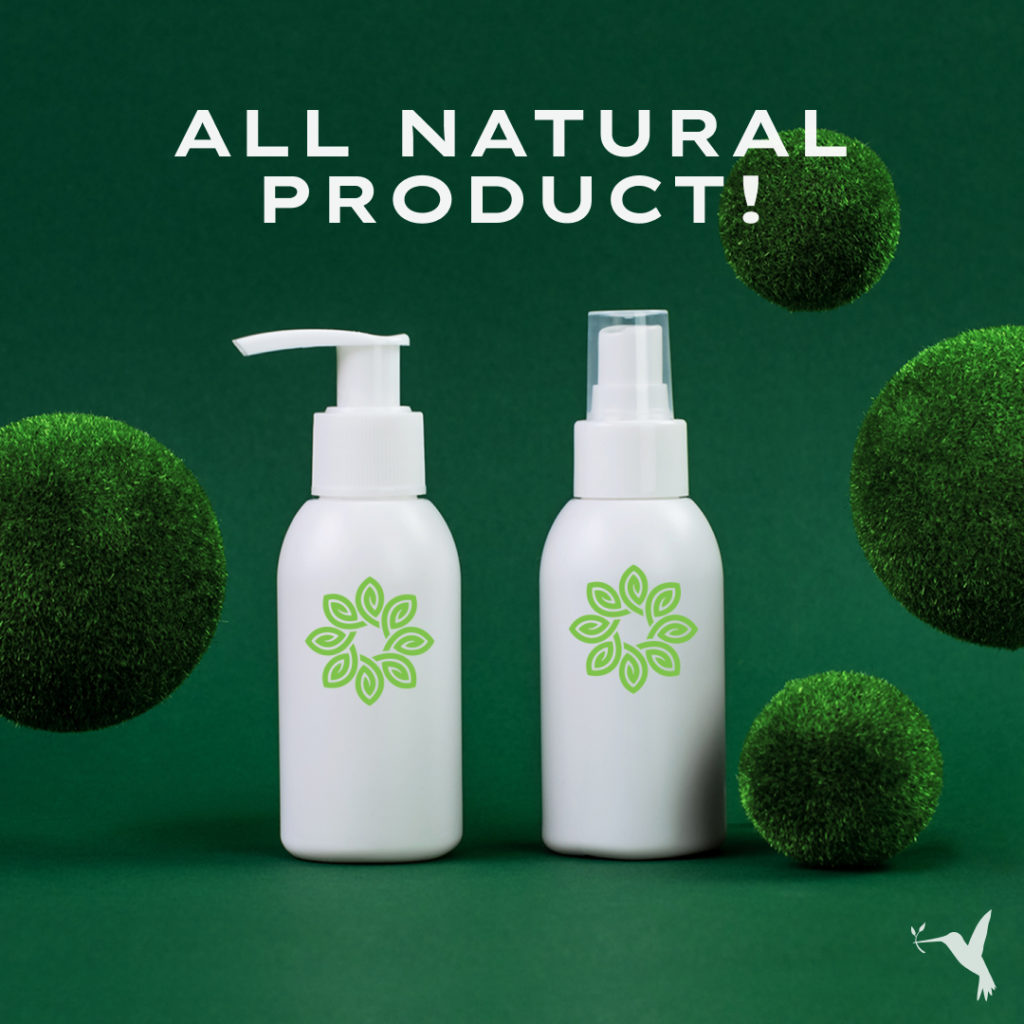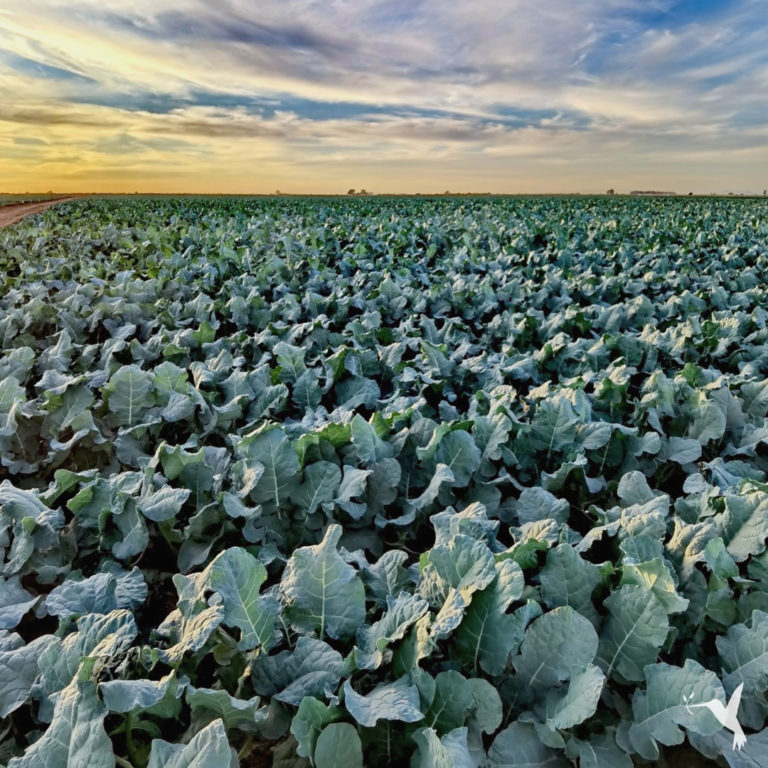The Truth About Greenwashing
Updated on August 14, 2023
What Is Greenwashing & How Can You Spot It?

Greenwashing: The Packages vs the Products
Imagine you run into the supermarket to pick up a couple essentials. In the cleaning aisle, you grab a bottle of laundry detergent. Without much thought, you reach past the pinks and blues and purples and select a bottle that has a subtle green and tan label and the word “eco-friendly” on it. It’s not until you arrive home that you actually read the label and realize there really isn’t anything “natural” or “eco-friendly” about it.
Have you been duped by greenwashing?
Like me and many other consumers, you may attempt to purchase quality products that support a sustainable planet, home, and body. While we may desire these products, we don’t always have time to devote our full attention to our purchasing. Sometimes it feels like a lot of work to navigate ingredients and labels.
One day, after arriving home with a questionable product packaged in nice, natural colors (exactly like the scenario above), I contemplated how I made the choice I did.
Was my brain so easily manipulated by a word and a color? How much energy should I give to scrutinizing labels? Where does my personal responsibility end and corporate accountability begin?
The answers to these questions may vary person to person. However, understanding greenwashing and how to spot it may help us answer them. Let’s get into the eco-unfriendly habit of greenwashing and consider how to avoid supporting companies that use deceptive marketing rather than adjust their practices.
From fashion to bottled water, oil companies to hotel towel campaigns, brands often spend more energy on marketing concepts and buzzwords like “ecofriendly” than they spend actually befriending ecosystems.
The Down & Dirty of Greenwashing
Sustainability is becoming increasingly trendy, and many brands want to capitalize on the trend. But how many of them truly care about the earth? No company can become a sustainable superstar overnight. It takes time, resources, and integrity to embed sustainable practices into all aspects of a business. Rather than work through the nitty-gritty process of truly integrating sustainability into their supply chain, lots of companies use marketing tactics to paint a greener picture instead.
Greenwashing is a deceptive form of advertising that attempts to convince the public that a brand or organization’s products, aims, and policies are environmentally friendly.
Many corporations use greenwashing to improve public perception of their brands with false, unsubstantiated, or outright misleading statements or claims about a product or a service, or even more broadly about entire business operations.

Many companies and organizations have been accused of greenwashing over the past few decades. Where did this begin?
The History of Greenwashing
In 1986, environmentalist Jay Westerveld coined the term “greenwashing” in a critical essay inspired by the irony of the “save the towel” movement in hotels. He noticed that the project had little impact beyond saving money in laundry costs for hotels. He saw the businesses claiming to care about the environment while engaging in harmful expansion and other destructive practices.
Greenwashing extends beyond hotel laundry services. Chevron is a well-known example. In the mid-’80s, the oil company commissioned a series of expensive television and print ads to highlight its environmental dedication. But while the now-infamous “People Do” campaign ran, Chevron was actively violating the Clean Air Act and Clean Water Act, as well as spilling oil into wildlife refuges.
Let’s think for a moment about bottled water. Don’t most labels have some rugged mountains or wildlife or clean-looking lake or river on them? Even if a company doesn’t falsify their sustainability practices, doesn’t this give a false image? Just like the nature-inspired colors on a toxic type of cleaning product?
The bottled water industry is one of the most unnecessary and polluting industries on our planet. While industry giants have made many bold claims about sustainability, the truth is that only about 31% of plastic bottles end up getting recycled. This means that the bottled water industry creates millions of tons of garbage every year, much of which ends up in landfills, previously pristine rivers, lakes and eventually, the ocean.
Why Do We Fall for Greenwashing?
Research has proven that companies see more success when they make us feel good about our purchases. Everyone likes to believe that their hard-earned money is going towards something good, be it quality products, services, or mission-driven work.
Unfortunately, some brands that greenwash use this narrative to convey the same sentiments to us without making real change.
Greenwashing, paired with ineffective regulation, reduces consumers’ ability to cultivate trust. How can we trust buzzwords when they are proven to be empty marketing claims? This skepticism further diminishes the power of the consumer to drive companies toward more sustainable practices and business operations.
If we can’t trust the integrity of marketing of some companies, how can we verify the claims of others? Things can become very muddy in these deceptive waters, and most consumers don’t want to wade through the mud. Most just want to grab a product and get out of the supermarket without spending all day analyzing buzzwords and advertising.

This Is Where Producers Trust Comes In
Some organizations or brands spend more time and money presenting themselves as environmentally friendly than on actually minimizing their harmful environmental impact. This kind of deceitful marketing intentionally misleads consumers who prefer to buy goods and services from environmentally conscious brands and leads to doubt and mistrust among consumers.
At Producers Trust, we’re here to help make things clear. We are all about fostering transparency, trust, and traceability. For starters, we’ve got some advice on how to recognize greenwashing. You can also check out our marketplace, where we have over a thousand member organizations and more joining every day. Search through various filters and learn about the farmers, makers, and sellers from the profiles they create for themselves.
You can read about some of the most inspiring producers on our Stories platform. Additionally, we have recently launched and are currently building StoryBird profiles for many of our network members and partners. This unique tool will help farmers, makers and sellers share their stories with their clients and will empower consumers with information about the products they buy.
And we have big visions for the future of supply chains. Stay tuned as we develop more finely-tuned transparency tools and data validation services. We are committed to transforming supply chains into more holistic and equitable systems that work for all of us.
For now, here are some pro tips on how to recognize greenwashing:
- Be wary of “eco-friendly packaging” without clearly defined practices. Be wary of brands that promote minimal, recycled, or “recyclable” packaging as their primary strategy for reducing waste. This is an action step, not a full insetting strategy.
- Watch out for impressive-sounding initiatives that reduce carbon emissions at the head office. This may look like solar panels on the roof and an office full of plants, which can definitely be nice additions to an office atmosphere. However, companies should be making clear reductions in greenhouse gas emissions across their entire supply chain–not just at the head office.
- Similarly, look out for claims of “energy efficiency” that aren’t anything more than standard or even legal requirements, such as LED or sensor lights.
- Colors, buzzwords, and pictures that imply “natural” or sustainable methods but don’t actually represent any real practices. These tactics are just meant to appeal to your psyche, and they work–just like the scenario above!
- Misleading claims and targets that aren’t being followed through on. There may be a target, but is there an outcome? Brands are more or less free to set targets for their environmental impact that are comfortable to achieve, sound promising, and may or may not be impactful.
- Payment of a “minimum wage.” This is very different from a “living wage” or fair wages.
- “Sustainable” or “conscious” collections. This is an increasingly common marketing tool with high-volume, fast fashion labels highlighting a tiny portion of their overall production. What a brand is really doing here is hoping that the green glow of one initiative will shine on the company as a whole.
Producers Trust Can Help With Transparency
In general, always look for facts and figures, specific and measurable data around sustainability practices rather than bold-sounding but empty claims. If it sounds too good to be true–it likely is.
And as always, keep following our journey as we continue to improve our systems and technologies for producers and consumers.


